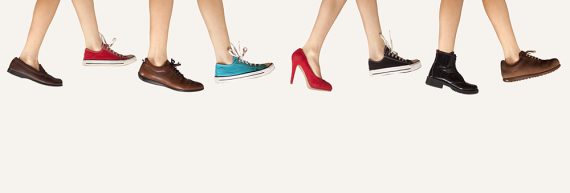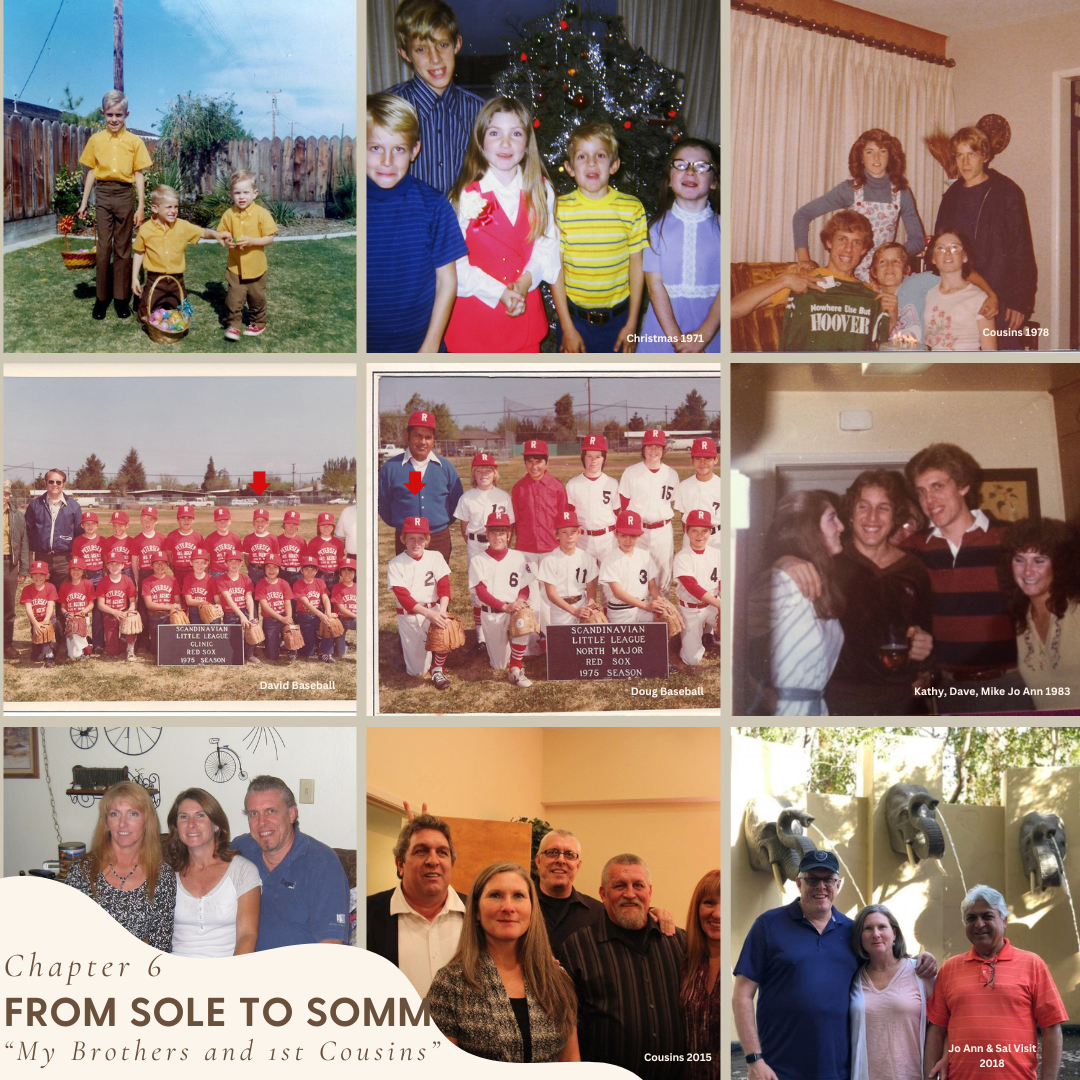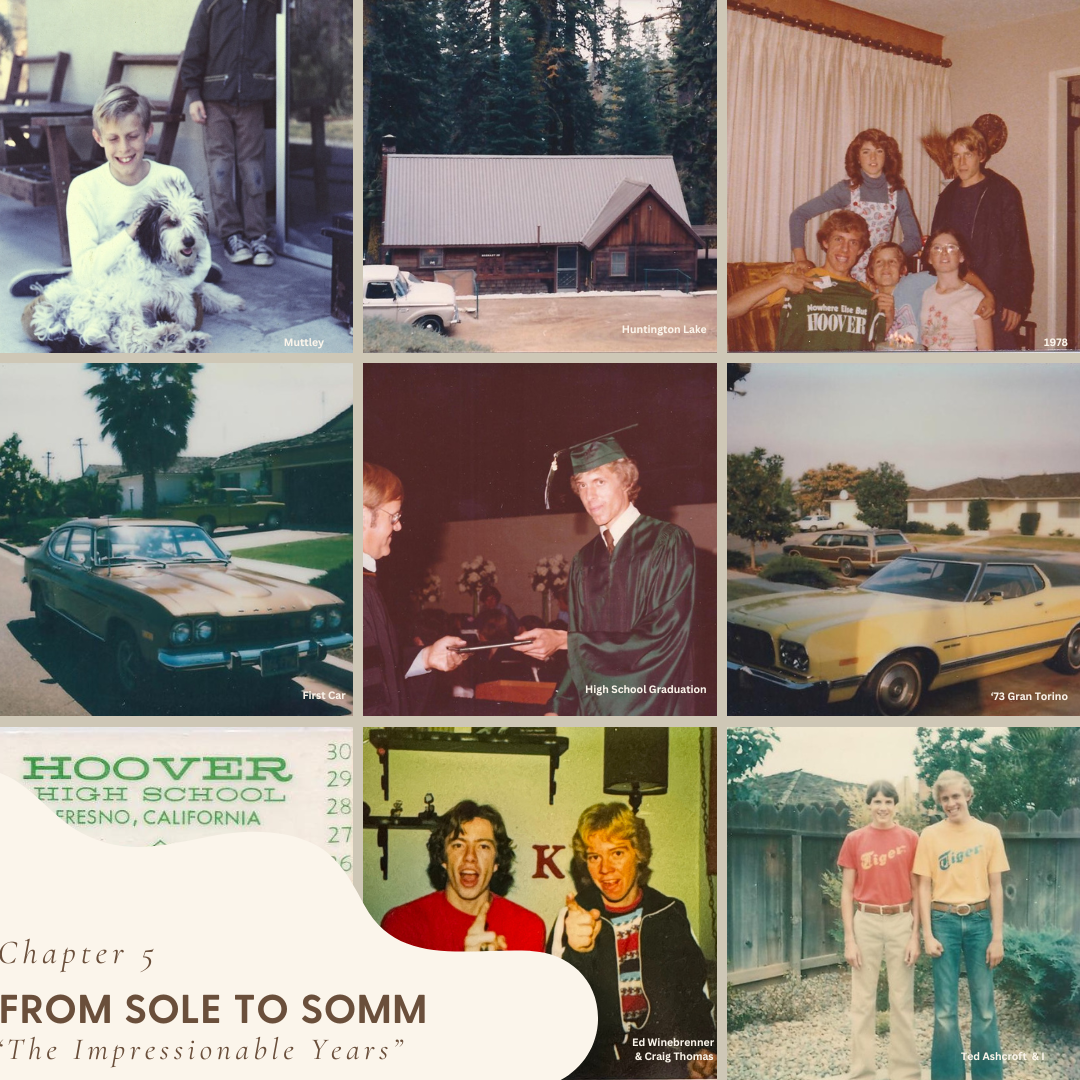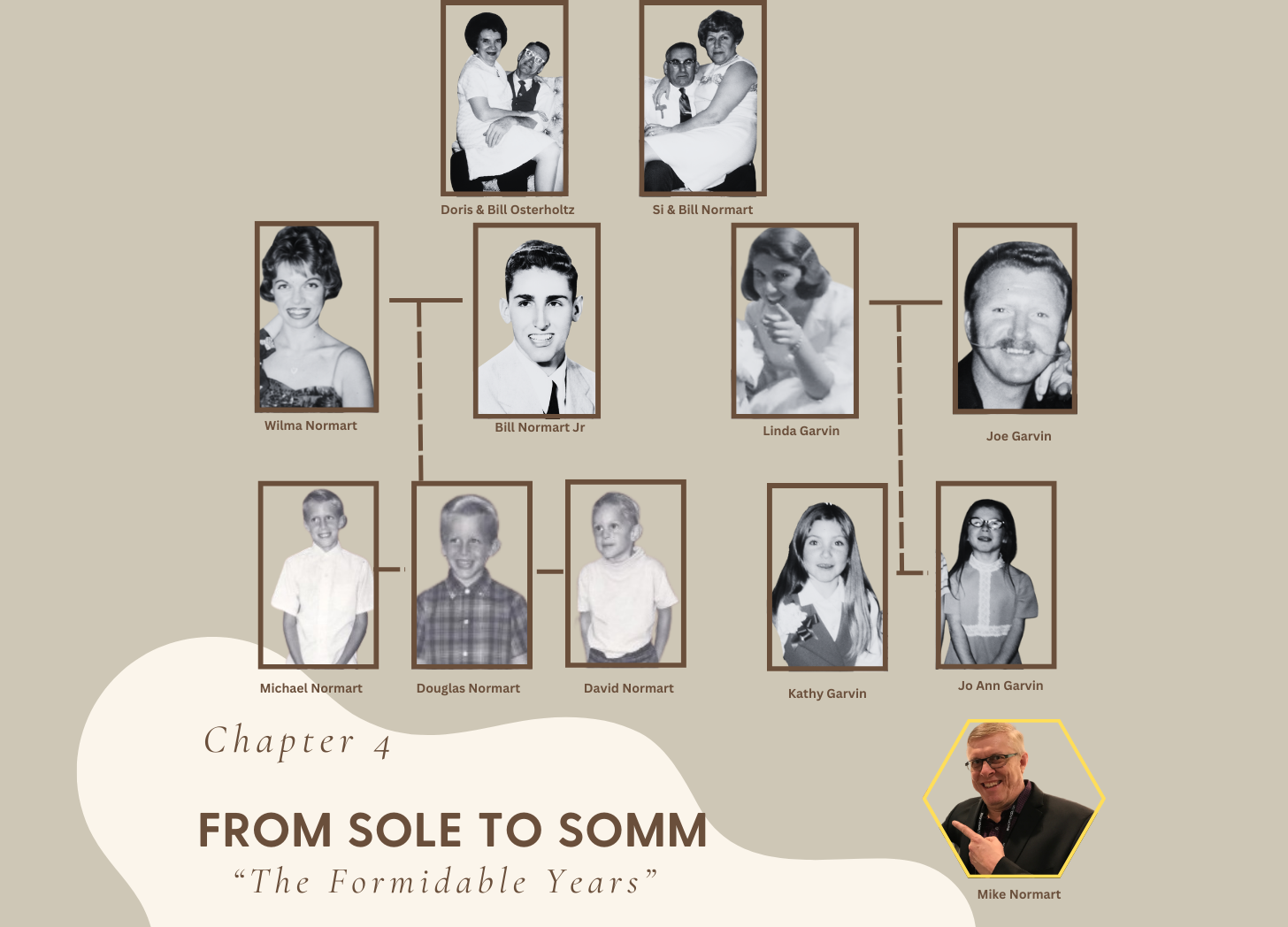So, in Blog #20, I talked about How to motivate people and Improve systems. In this post I want to talk about how to Handle Common Foot Ailments. In the shoe business,you often see many foot ailments on the selling floor. It takes a person with a lot of experience to properly fit feet of this type. Equally important is to treat the customer like everyone else and not someone who is different.
Bunions:
The most common foot problem you may see on the selling floor are bunions. Bunions are caused primarily by genetics. A poorly fitting shoe, especially one that is pointy toed, can also be a cause. A bunion is a bone growth on the big toe joint that makes like a large bump on the foot. This cause the shoe to gap if the foot isn’y compltely covered.
Bunions are extremely painful and makes it harder to fit on the foot. A lace up style usually works the best. Soft leather is the best upper material. The vamp should cover the bunion for the best fit. Depending on where the top line of the upper rests will determine the successful fit.
Hammer Toes:
Hammer toes are when the joint of the toes are “locked” in a bent fashion. This causes the toe to point downward. Because of this the toes usually hit the upper portion of the shoe. An upper with a high vamp height is the best bet here. These are usually caused by genetics or poorly fitting shoes.
Amputations:
There are many different types of amputations you might run into, the most common are toe amputations. Depending on what toe it is will determine the right course of action.
Its always best to see a podiatrist. They can guide you into what shoe would be best for your situation. Lace up shoes work the best because without the toe to offer stability you will need laces to secure the foot.
Prosthetic experience
The most unusual experience I had was with an amputee who had two difference size feet because of the prosthetic. I fitted the foot first then the prosthetic next. At Rodders since it was more than 1 1/2 sizes difference, we charged her for one shoe. I started to fit the prosthetic and then she said “excuse me, this will be easier for you.” She then took her leg off and I continued the fitting process.
Always treat very customer like you would want to be treated. She already had enough people staring at her as it was. We had a great time together and shared a few chuckles and I made a new personal customer.
There are many more foot ailments out there these are the most common.
Educate yourself
Being the student of the game, I’ve always educated myself on product. Improving customer service is the end goal. Several times I would go to speaking engagements . I would talk about how to properly fit shoes at a local school that had night group sessions for diabetics.
One night I spoke to a bunch of diabetic patients, some of which had amputations. I’ll never forget this one lady tell me that all she wanted was to be treated like everyone else. That really resonated with me that day and has stuck with me all these years. Proper fit is important but making the personal connection and making the customers feel at ease is the first step in building your customer base.
Always treat every customer like you would want to be treated

…just sharing my story and tips from my footwear career.

Subscribe to my Blog by filling out the info below and then press the “subscribe” button

From Sole to Somm – My Brothers and 1st Cousins

From Sole to Somm – The Impressionable Years

